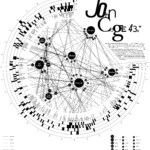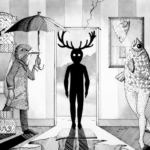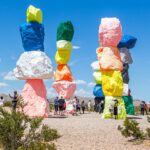Beyond the visual
- Examples: Act of sharing food for tasting-form of relation.
- Two artists: the content of public aids, is this labor’s idea of a comprehensive education?
- ‘Love and loss’: piles of candy, take and taste, radical act be in relation, inter-mercy to illness and quietness
- ‘Blue’: color and sound.
- How these artworks use of taste and sound sensory?
- The materialist doctrine- Take into account the heterogeneous nature, differ in their localization of the social and in their conceptualization of the body mind, things, knowledge, discourse, structure/process and the agent.
- Example: Sonic mediation
- Making kingship-more than human: how we relate to environment, kind of human nature and form of relation.
- Alternative approaches: the perspective of cross species, explore the space which species need. Example: Seals as king.
- Question: Do you think there is a value in listening to the more-than-human world around us?
- Living thing and non-living thing: spaces more than human.
- Extended knowledge speech: what a mushroom live for? (Notes: A default assumption, minor tradition that living view organism rare live in a transformative new form: the enchanted mushroom is vibrant, lived underground atmosphere soil, specific dynamic chemicals of species. The enchantment of happiness species absorbed the world. The form of curiosity and emergence of mechanism.)
- Calton hills: The gallery of ‘collective’: tactile workshop
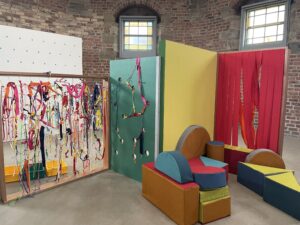
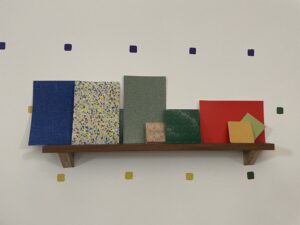
- Critical modes of listening: What is decolonize listening? Belies a profound and critical recognition, unequivocally arduous, slow, and constitutes many lifetimes work and thought, such as listening to the nature, fish, water, wind and creatures requires a sense of humility and decentering of human needs.
- Reflective analysis: The exploration of diversity senses excludes visual brings a fruitful practices in contemporary art. How we operate the idea of this theme in a practice way? How we think and approach to a more-than human environment?



